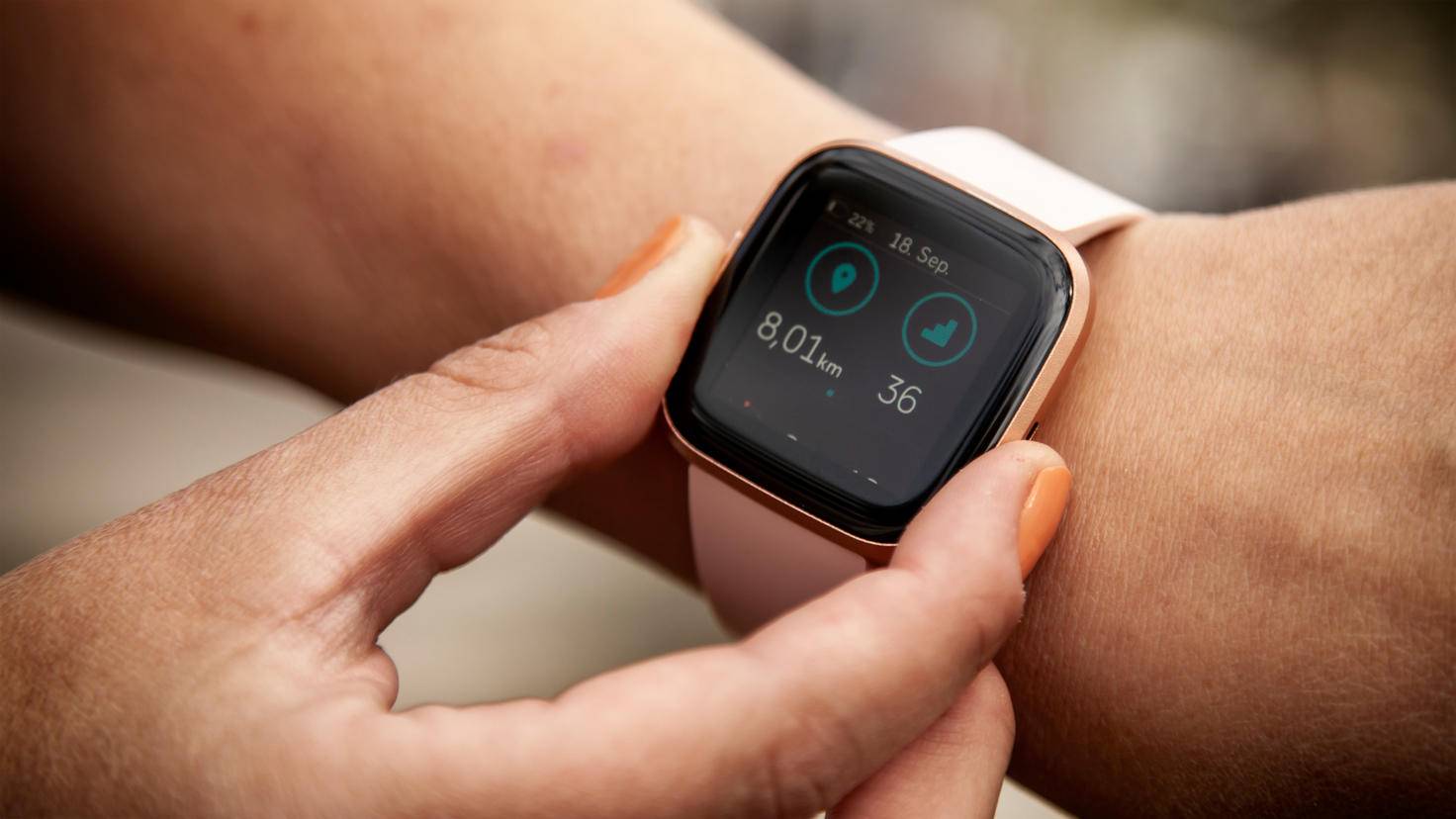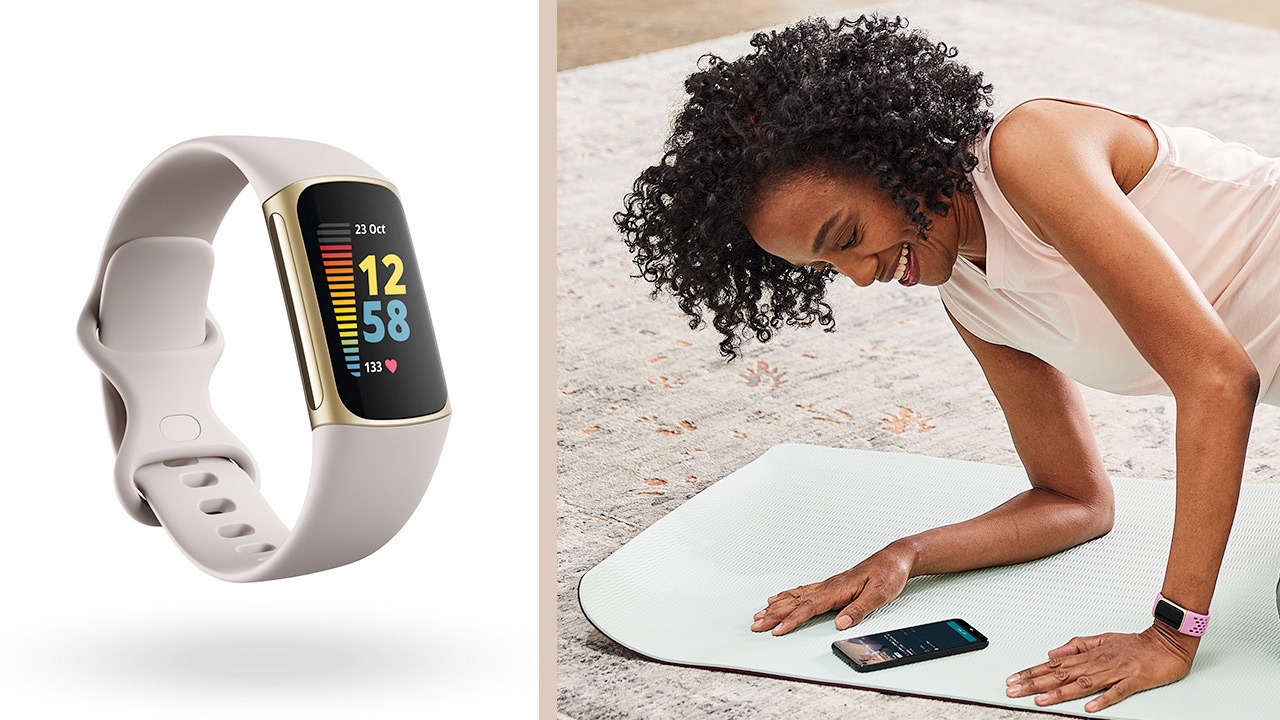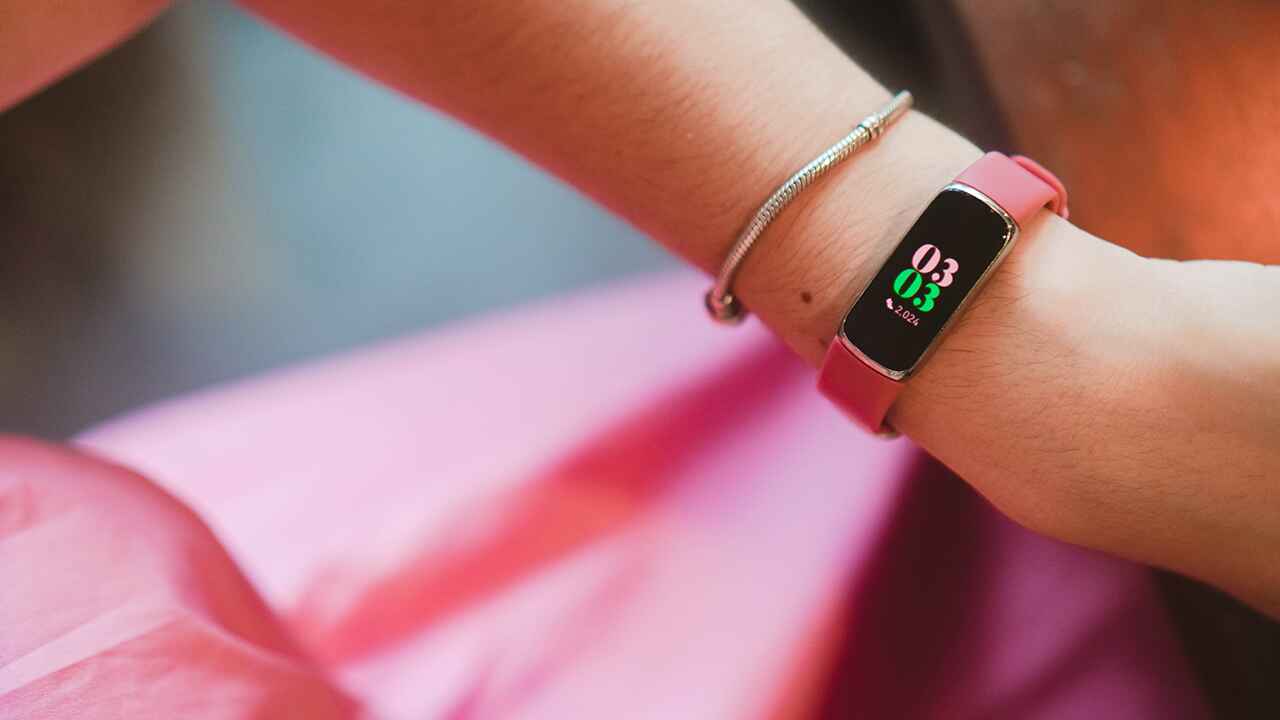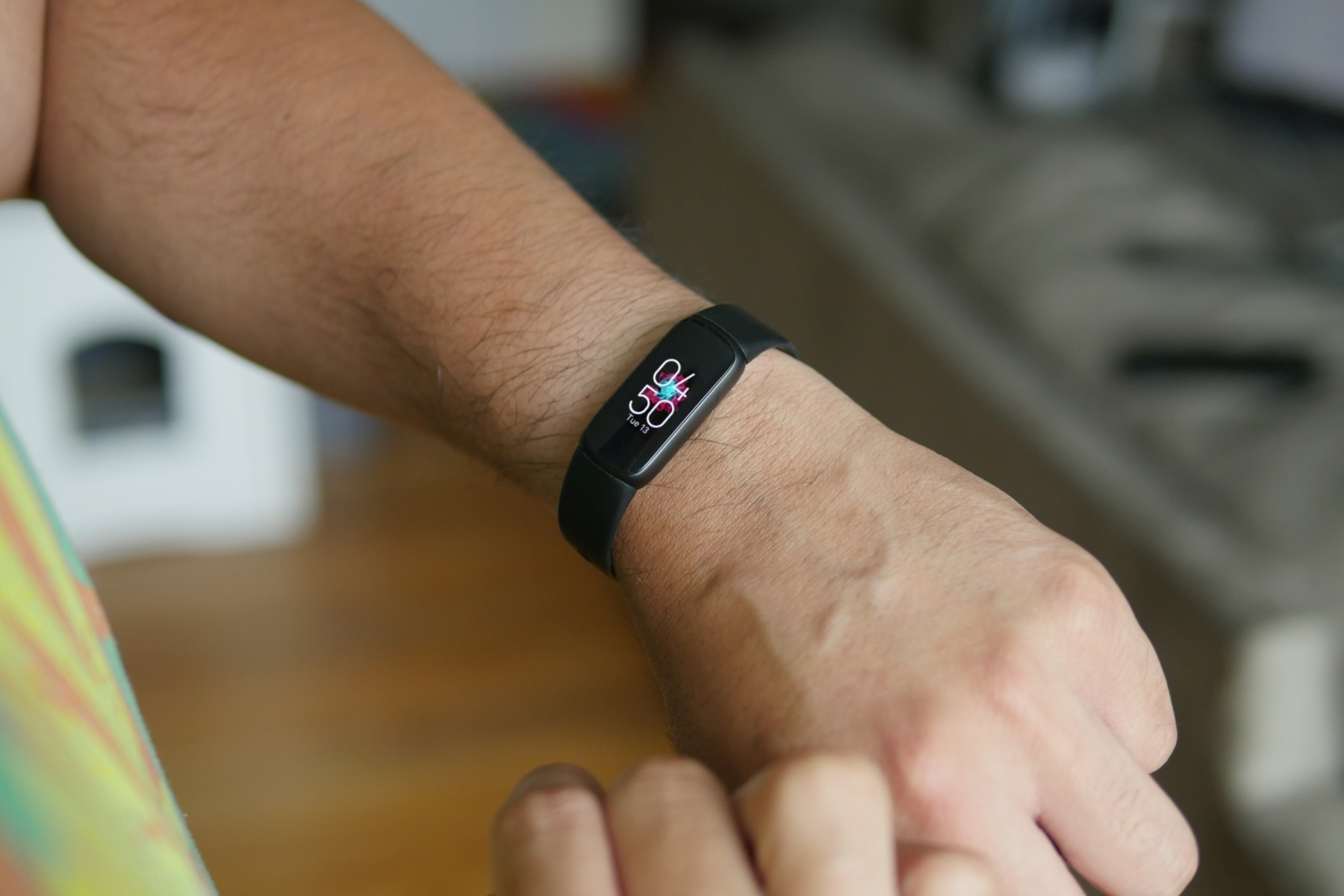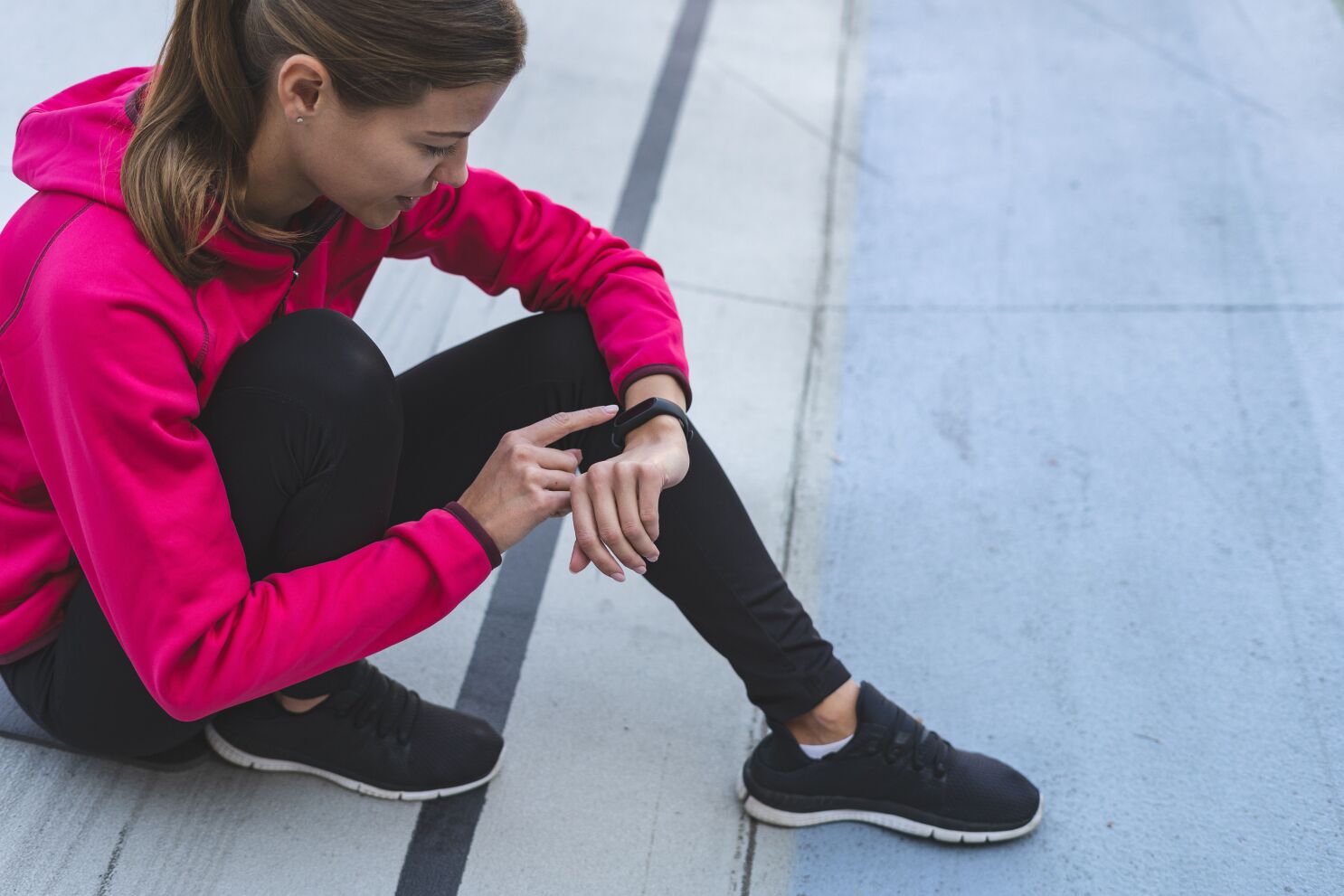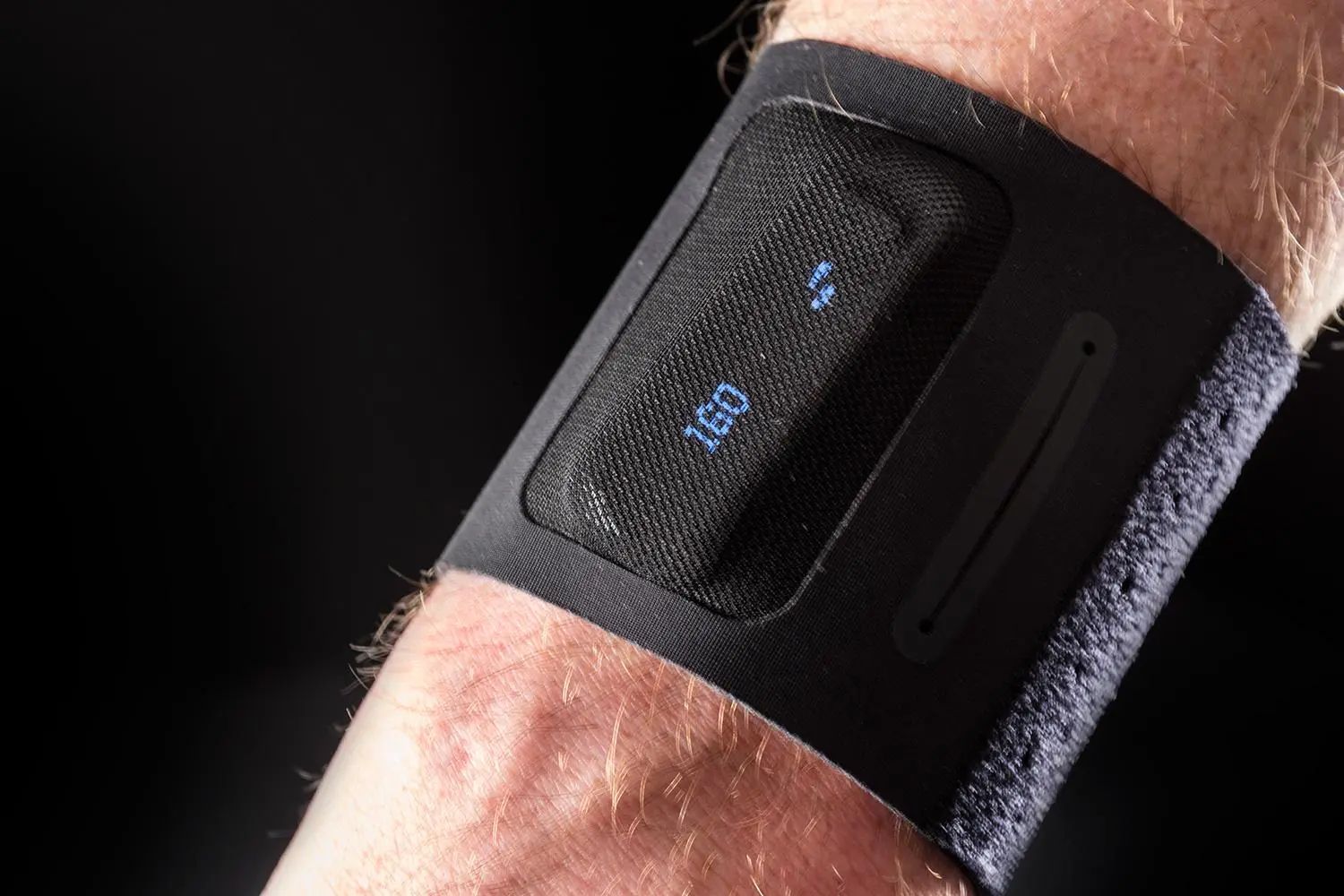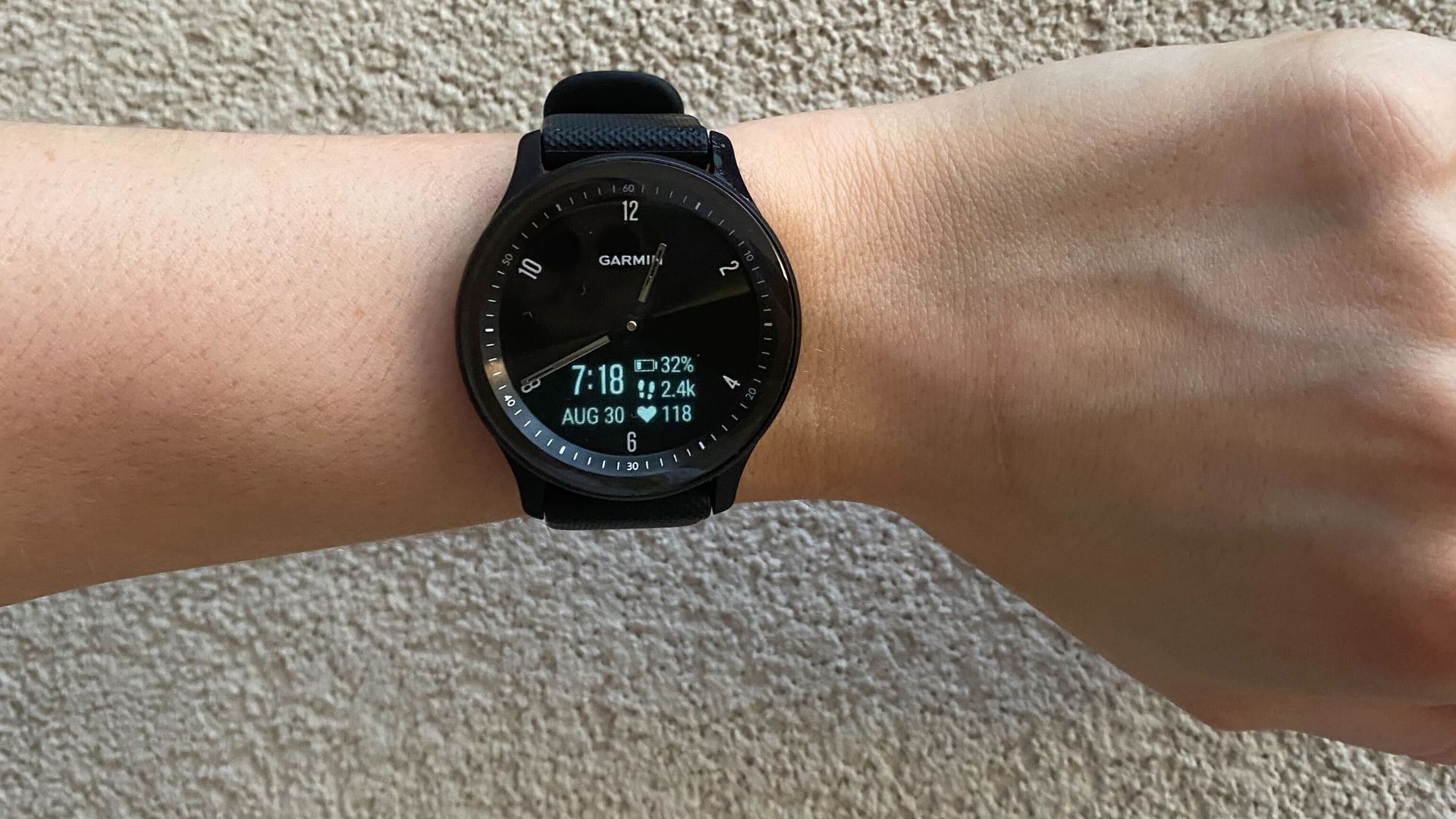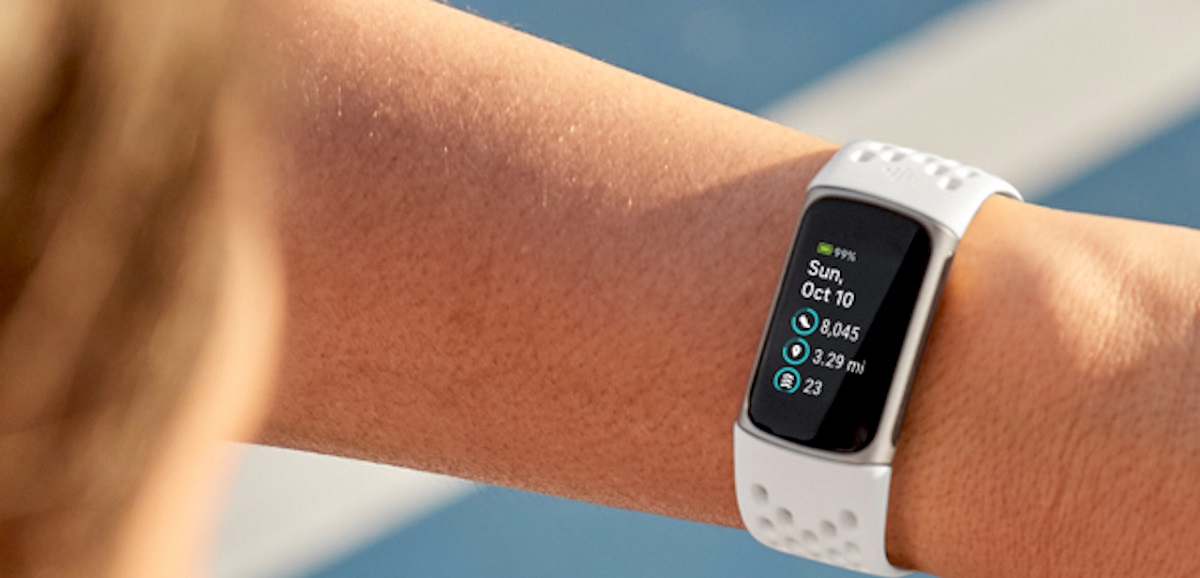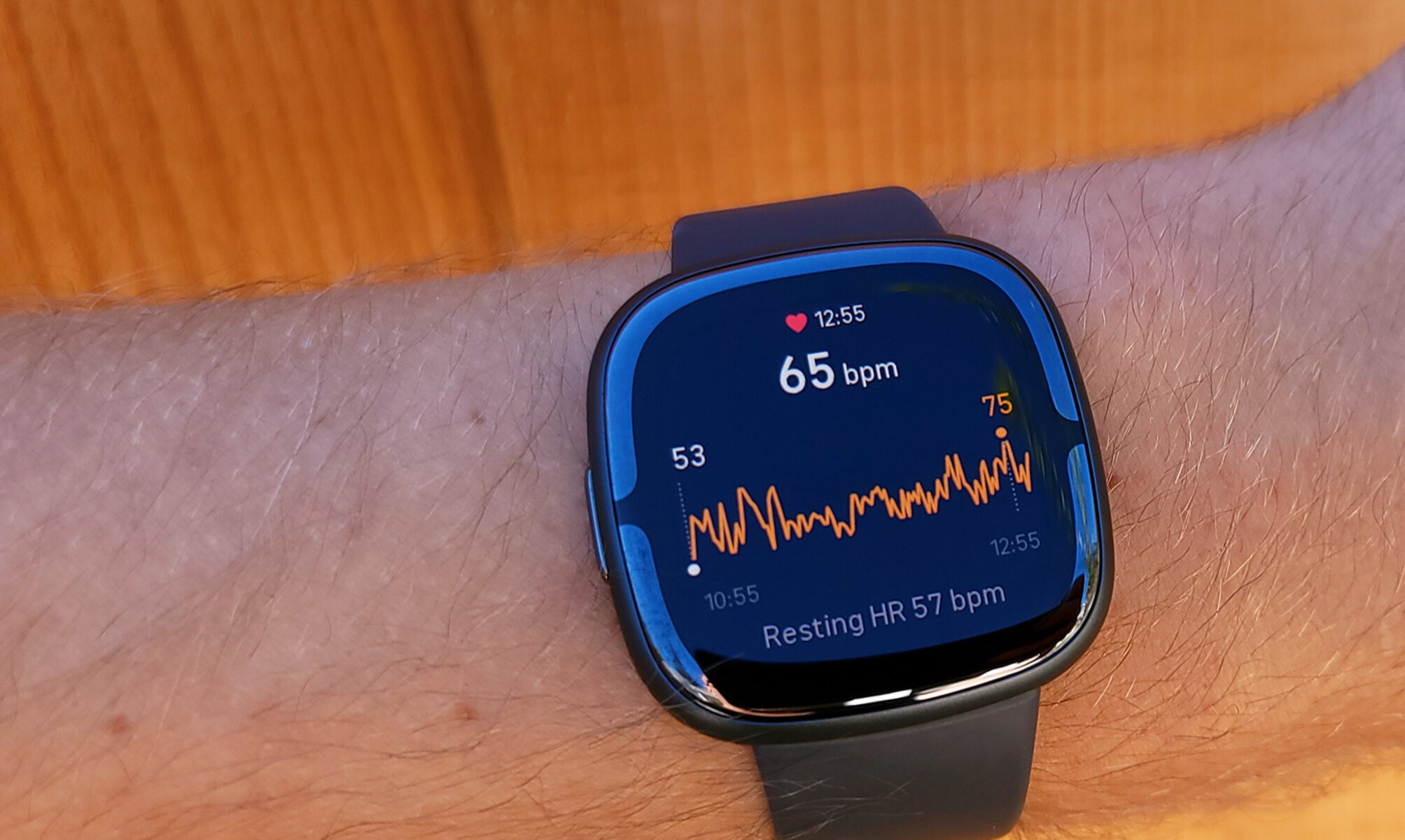Introduction
Wrist placement plays a crucial role in maximizing the effectiveness of your Fitbit or any wearable device. The way you wear your fitness tracker can significantly impact its accuracy and your overall comfort. Whether you're an avid fitness enthusiast, a casual exerciser, or someone aiming to monitor daily activity, understanding the significance of wrist placement is essential for optimizing your wearable experience.
The position of your Fitbit on your wrist can influence its ability to accurately track your movements, heart rate, and other vital metrics. It's not just about strapping it on and forgetting about it; rather, it's about finding the sweet spot that ensures precise data collection while ensuring a comfortable fit throughout the day.
In this comprehensive guide, we will delve into the nuances of wrist placement for Fitbit and other wearables. From the importance of proper placement to practical tips and common mistakes to avoid, this article aims to equip you with the knowledge needed to make the most of your wearable device. So, whether you're a seasoned fitness tracker user or new to the world of wearables, this article will serve as your go-to resource for mastering the art of wrist wisdom.
Importance of Wrist Placement
The placement of your Fitbit or any wearable device on your wrist holds immense significance in ensuring accurate tracking of your physical activity and health metrics. The wrist is a central hub for movements and physiological signals, making it an ideal location for a fitness tracker. Proper wrist placement is essential for obtaining precise data related to steps taken, distance covered, heart rate, and sleep patterns.
The accuracy of step counting, a fundamental feature of fitness trackers, heavily relies on the device's position on the wrist. Placing the tracker too loosely or tightly can lead to inaccurate step counts, thereby affecting the overall assessment of your physical activity. Additionally, the wrist is a prime location for monitoring heart rate during exercise and throughout the day. A well-positioned tracker can consistently capture reliable heart rate data, which is crucial for gauging the intensity of workouts and assessing overall cardiovascular health.
Moreover, the wrist is an optimal spot for tracking sleep patterns. Wearables with sleep tracking capabilities rely on wrist movement and physiological signals to discern different sleep stages. Therefore, wearing the device correctly on the wrist is pivotal for obtaining comprehensive and accurate sleep data.
Beyond accuracy, wrist placement also impacts the comfort and convenience of using a fitness tracker. A properly positioned device ensures a comfortable fit, minimizing the risk of skin irritation or discomfort during prolonged wear. It also allows for seamless integration into daily activities, as it doesn't interfere with natural movements or tasks.
Understanding the importance of wrist placement empowers users to harness the full potential of their fitness tracker. By optimizing the positioning of the device on the wrist, users can expect precise tracking of physical activity, reliable heart rate monitoring, accurate sleep data, and enhanced overall comfort. This underscores the significance of mastering the art of wrist placement for maximizing the benefits of wearable technology.
Tips for Proper Wrist Placement
Achieving optimal wrist placement for your Fitbit or wearable device is essential for obtaining accurate data and ensuring a comfortable fit throughout the day. Here are some valuable tips to guide you in achieving the perfect wrist positioning:
-
Snug, Not Tight: Ensure that your Fitbit is snug on your wrist without being too tight. A comfortable fit is crucial for accurate data collection and long-term wearability. If the device feels too tight, it may impede blood circulation and cause discomfort. Conversely, if it's too loose, it might move around excessively, leading to inaccurate readings.
-
Position Above the Wrist Bone: Place your Fitbit slightly above your wrist bone. This positioning allows the device's sensors to make better contact with your skin, enhancing the accuracy of heart rate monitoring and overall activity tracking.
-
Keep It Parallel: Position the tracker parallel to the ground. This alignment ensures that the sensors on the underside of the device, such as the heart rate monitor and motion sensors, maintain optimal contact with your skin, leading to precise data capture.
-
Avoid Slippage: Be mindful of the fit throughout the day. If you notice your Fitbit slipping or sliding, take a moment to readjust its position. Consistent slippage can result in inaccurate readings, particularly during physical activities.
-
Consider Your Dominant Hand: If you are right-handed, wearing the Fitbit on your non-dominant hand (typically the left hand) can minimize interference with daily tasks and reduce the risk of accidental damage during activities.
-
Experiment with Straps: If your Fitbit has interchangeable straps, consider experimenting with different materials and closures to find the most comfortable and secure fit. Some users may find that certain strap styles or materials offer a better fit for their wrist size and daily activities.
-
Regularly Check Fit: Periodically check the fit of your Fitbit throughout the day, especially after physical activity or prolonged wear. Ensuring that the device maintains a consistent and comfortable position is key to obtaining accurate and reliable data.
By adhering to these tips, users can optimize the placement of their Fitbit or wearable device on the wrist, leading to precise data tracking, reliable heart rate monitoring, and enhanced comfort during daily wear. Mastering the art of proper wrist placement is fundamental to unlocking the full potential of wearable technology and maximizing its benefits in supporting a healthy and active lifestyle.
Common Mistakes to Avoid
Proper wrist placement is pivotal for optimizing the performance of your Fitbit or wearable device. However, certain common mistakes can compromise the accuracy of data tracking and overall user experience. By being mindful of these pitfalls, users can ensure that their fitness tracker consistently delivers reliable results. Here are the common mistakes to avoid when it comes to wrist placement:
1. Wearing Too Tight or Too Loose
Wearing the Fitbit too tight can restrict blood flow and cause discomfort, while wearing it too loose may lead to excessive movement, resulting in inaccurate readings. Finding the right balance is crucial for both accurate data capture and user comfort.
2. Placing the Device Too Low or Too High on the Wrist
Positioning the Fitbit too low on the wrist can hinder the sensors' contact with the skin, affecting the accuracy of heart rate monitoring and activity tracking. Conversely, wearing it too high can lead to discomfort and may interfere with wrist movements during various activities.
3. Misalignment with the Wrist Bone
Failing to position the Fitbit slightly above the wrist bone can impact the accuracy of data capture. Proper alignment ensures that the device's sensors maintain optimal contact with the skin, facilitating precise tracking of physical activity and heart rate.
4. Neglecting to Regularly Check Fit
Over time, the fit of the Fitbit may loosen or become uncomfortable due to various factors such as sweat or prolonged wear. Neglecting to periodically check and readjust the fit can lead to inaccurate data capture and compromised user comfort.
5. Ignoring Skin Irritation
Continuous wear of the Fitbit in a position that causes skin irritation can lead to discomfort and potential skin issues. It is essential to address any signs of skin irritation promptly and consider adjusting the placement or opting for alternative straps to mitigate this issue.
6. Disregarding Dominant Hand Consideration
For individuals engaged in activities that heavily involve their dominant hand, neglecting to wear the Fitbit on the non-dominant hand may lead to interference with natural movements and potential damage to the device during certain tasks.
By steering clear of these common mistakes, users can ensure that their Fitbit or wearable device remains optimally positioned for accurate data tracking, reliable heart rate monitoring, and enhanced comfort. Understanding these pitfalls and taking proactive measures to avoid them is key to maximizing the benefits of wearable technology in supporting an active and healthy lifestyle.
Conclusion
Mastering the art of wrist placement is not just about strapping on a fitness tracker; it's about understanding how the position of the device on your wrist can significantly impact its performance and your overall experience. By recognizing the importance of proper wrist placement, users can unlock the full potential of their Fitbit or wearable device, ensuring accurate data tracking, reliable heart rate monitoring, and enhanced comfort throughout the day.
The significance of wrist placement extends beyond mere data accuracy; it directly influences the seamless integration of wearable technology into daily activities. A well-positioned Fitbit becomes an intuitive companion, effortlessly capturing your physical activity, heart rate, and sleep patterns without impeding your natural movements or causing discomfort. This seamless integration is pivotal for fostering a consistent and sustainable approach to health and fitness monitoring.
As users strive to optimize their wrist placement, adhering to practical tips such as ensuring a snug yet comfortable fit, positioning the device slightly above the wrist bone, and maintaining parallel alignment with the ground becomes paramount. Additionally, being mindful of common mistakes, such as wearing the device too tightly, neglecting to regularly check the fit, or disregarding signs of skin irritation, can significantly enhance the overall user experience.
Ultimately, the journey toward mastering wrist placement for Fitbit and wearables is a personalized endeavor. Users are encouraged to experiment with different wrist positions, strap styles, and closure mechanisms to find the perfect fit that aligns with their unique lifestyle and preferences. By embracing this journey, users can elevate their wearable experience, leveraging the technology to support their pursuit of an active, healthy, and balanced lifestyle.
In conclusion, wrist wisdom is not merely a technical aspect of using a fitness tracker; it embodies a holistic approach to seamlessly integrating wearable technology into daily life. By understanding the nuances of wrist placement, users can harness the full potential of their Fitbit, ensuring precise data capture, reliable performance, and unparalleled comfort. As the wearable technology landscape continues to evolve, the mastery of wrist placement remains a foundational element in empowering individuals to take charge of their health and well-being.







